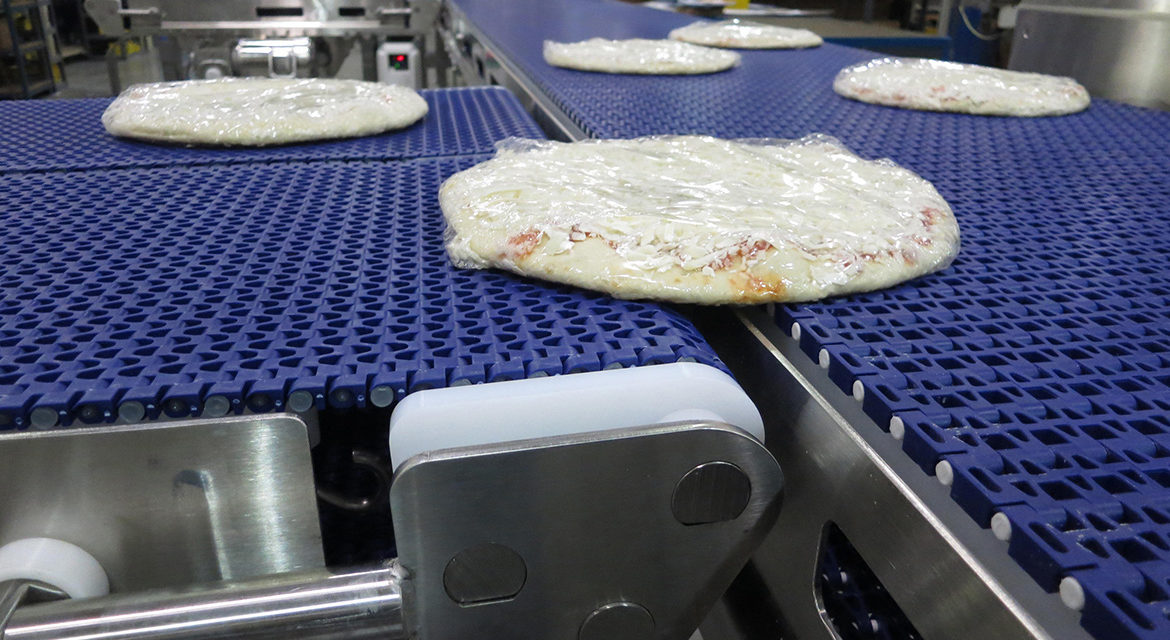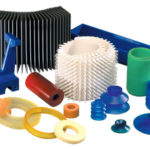Globax news
Blog

Selecting the Right Sanitary Conveyor Platform for Food Packaging Application
Regulatory legislation such as the Food Safety Modernization Act (FSMA) has been the driving force behind food manufacturers and packagers taking a closer look at their conveyor systems to ensure compliance and hygienic standards are making the grade. The result of these reviews has led companies to identify troublesome areas in their processes and initiate plans to make capital improvements in their equipment. That’s a positive step in reaffirming confidence with customers that their products are produced safely with minimal risk of contamination.
The key to conforming to FSMA standards, however, is installing the right equipment for specific applications. It’s good when a company proactively chooses to upgrade its processing or packaging equipment, but the expectations of a cleaner, hygienic line can be diminished if the conveyors aren’t properly matched for the application. Having a better understanding of the relationship between different styles of sanitary conveyors and how they are designed to work within specific applications will ensure the upgrade meets production objectives and hygienic goals.
What Makes a Conveyor Sanitary?
Enacted back in 2011, the FSMA aims to ensure the U.S. food supply is safe by shifting the focus to preventing contamination from occurring in the first place. As such, this law has really shined a spotlight on the kinds of equipment food manufacturers and processors are using in their facilities — such as conveyors.
By their very nature, conveyors are a prime target for contamination due to the role they play in food manufacturing, especially on the processing side where raw food and ingredients are being moved. Small nooks, crevices and fasteners on conveyors can become catch points for water, food particles and other particulates — all of which are perfect breeding environments for bacteria to grow. That’s why so much scrutiny has been placed on conveyors as areas for upgrade and improvement.
The goal of a sanitary conveyor is to, as best as possible, eliminate any chance of contamination. A sanitary conveyor works to eradicate those areas where contamination can happen.
Read more: Selecting the Right Sanitary Conveyor Platform for Food Packaging Application












